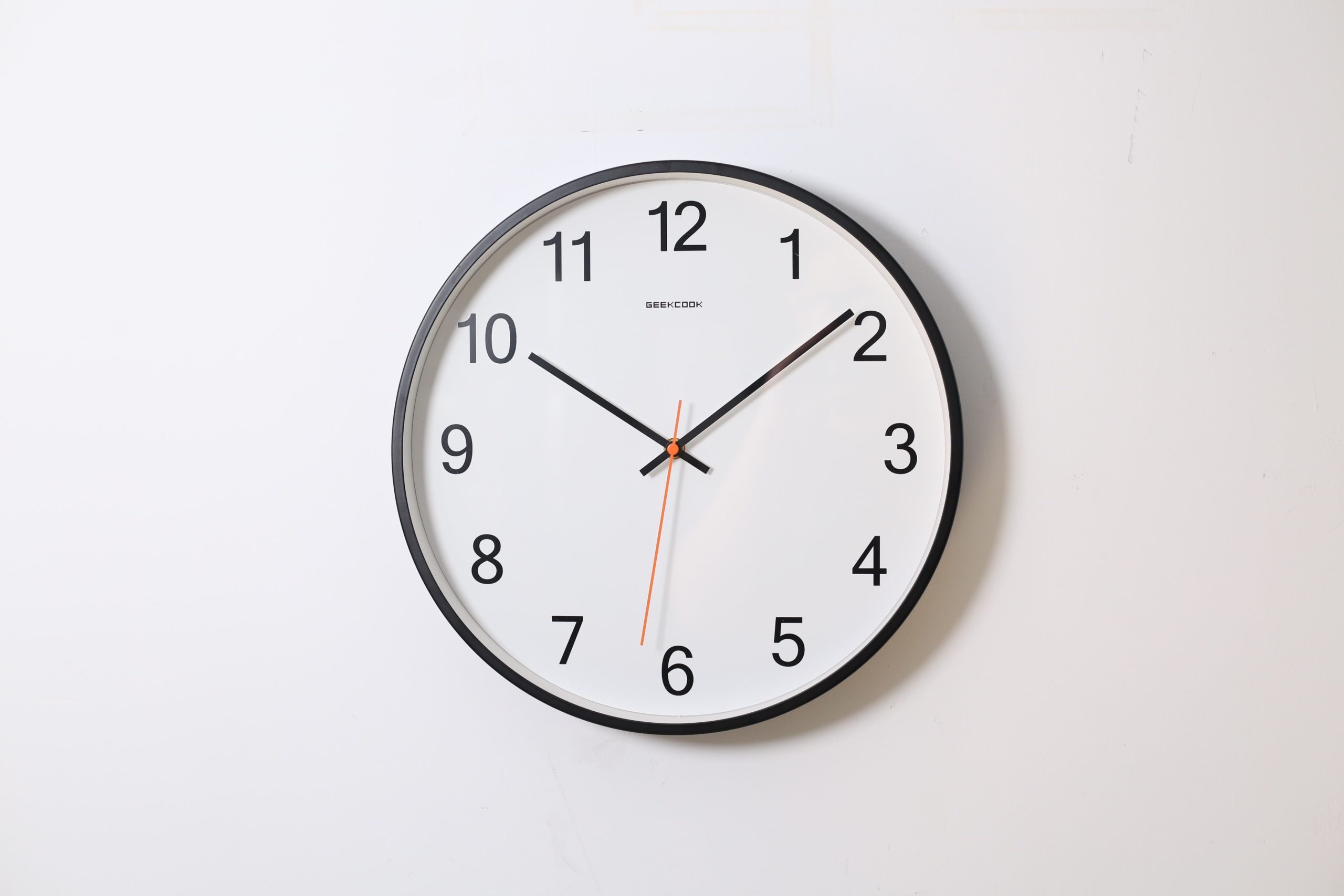By Karen Goold
When we first get the go ahead for our house move, excitement kicks in. A new adventure, in a new home. It’s not long, however, for the excitement to turn to stress, when we think of all the things that need to be done to get there.
This intense uncertainty can cause negative thinking, and the little voice in our head worries about how much work there is. Negativity can then spiral out of control and our worries seem overwhelming. The resulting anxiety and stress plays havoc with our ability to make rational and complex decisions, just at the time we need to most.
In neurological terms our brain has gone into a threat state, in the same way our ancestors would have done when they saw a saber-tooth tiger! Who would have thought a house move would be seen in the same way?
This threat state sends stress hormones around our body and into a “fight, flight or freeze” response. We can then find ourselves:
- arguing more than normal
- getting angry at the smallest things
- micromanaging the tiny details
- getting frustrated with perceived incompetency
- disengaging or walking away from the important conversations
- distrusting everyone and everything
- experiencing sleepless nights
- and getting physical symptoms such as heart palpitations, aches and pains, and headaches.
Doesn’t sound much like fun. And it isn’t. It’s not surprising that moving homes is one of the top 5 most stressful life events. But we can take back control and enjoy the excitement once again.
Here are a few things that could help:
Effective Planning

Have you noticed how often we tend to underestimate how long tasks will take? “The kitchen won’t take long to box up.” “The books in the bookcase will only need a couple of boxes.” “From start to finish the move should only take 6 weeks?” “Many years ago, the last move took four days to pack up, but this time it’ll only take three as I’ll be more prepared.”
The more the timings are out of sync with our expectations, the more stressed we can get. We therefore need to take steps to avoid the pitfalls of what is known as the “planning fallacy” and start forming more realistic estimates.
The planning fallacy is a term coined by psychologists (Kahneman and Tversky) to describe our human tendency to underestimate the amount of time it will take to complete a task. We fail to consider how long it has taken us to complete a similar task in the past. And we only look at the best-case scenario, assuming we won’t run into any complications which could cause delays.
To avoid the negative consequences and the stress of underestimating, we have to move away from using intuition only. We can find ways to accurately assess and analyze historical data, build in time delays, or ask someone else to plan for us. Experts like Bond & Des Voeux cannot afford to fall foul of the planning fallacy, so they will be able to provide realistic plans to help you.
Optimism Bias

As well as the planning fallacy, we can also succumb to our optimism bias. This is our tendency to expect better than average outcomes from our own actions. We believe things won’t go wrong for us, even if we’ve seen it happen to others.
By being aware of how we think, we can take into consideration the worse-case scenarios and set more realistic plans at the outset.
Stress and Anxiety Management

Stress and anxiety are caused by our own thinking and perceptions i.e. we have decided these future events are worth being concerned about.
We all need a little stress to get going and maintain focus. But too much isn’t helpful for our minds or our health. To help identify and reduce stress, try the following:
- Identify your stressors: get your worries down on paper, highlight the beliefs you have about what you can and can’t do, identify what is in your control and what isn’t.
- Identify what has to be done: real problems have real solutions, so start taking action. Small steps, rather than looking at the full picture, can help stop overwhelm.
- Reframe your negative thoughts: in what other more positive ways can you view the situation?
- Level out the stress bucket: think of your stress levels as if they were in a bucket. Stressful events are entering the bucket day-to-day, but too much will make it overflow. Empty out some of the stress with helpful coping strategies. Those strategies can include:
- Exercise
- Meditation
- Laughing and smiling. Even forcing a smile on your face will send happy signals to the brain!
- Listening to your favourite music
- Spending time in nature, walking the dog etc.
- Self-compassion e.g. bubble bath, hobbies
- Celebrate the small successes
- Getting support from and talking things through with people you can trust
Our brains are amazing, and they can cope with a lot of complex information and situations. Every now and then though, we can sabotage our own success and enjoyment. Knowing how your mind works, and using techniques to reduce stress and anxiety, will help you get the most out of your move. This then becomes a skill that helps in all other areas of life too.
If you want to find out more about self-awareness, understanding your own stress triggers, and techniques to take back control, contact Karen to find out how coaching can help.
Author: Karen Goold
Karen is an Executive and Personal Coach, author and owner of Assiem Ltd. She is based in the UK but has clients worldwide. Karen uses her interest in neuroscience to develop clients’ self-awareness and understanding of their unique combination of behaviours, biases and strengths. She is passionate about helping clients navigate stressful situations, increase motivation and build confidence. She is a practitioner of Applied Neuroscience, Hogan Assessments, MBTI and NLP, and is a Mental Health First Aider.



Taking The Stress Out of Your House Move | Assiem
March 4, 2022[…] Article written by Karen Goold for Bond & Des Voeux […]